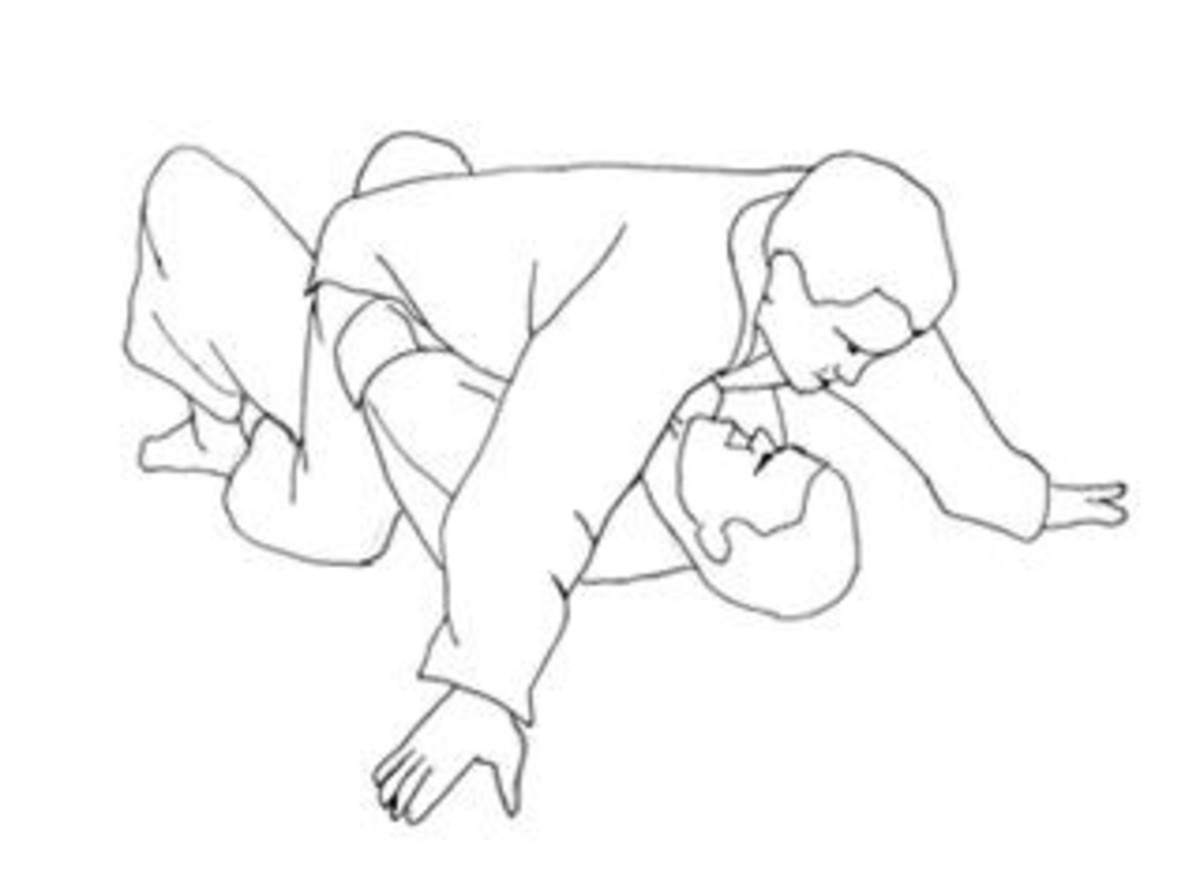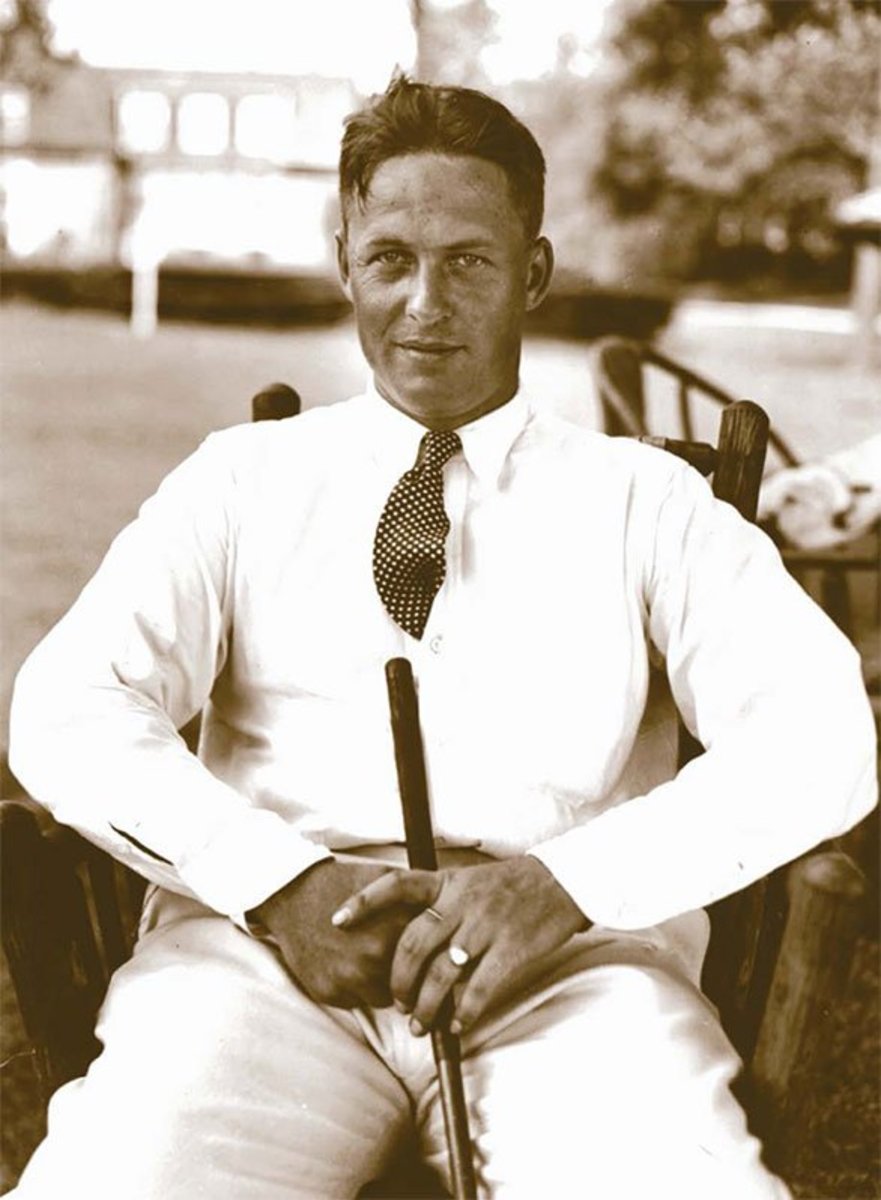- HubPages»
- Sports and Recreation»
- Individual Sports»
- Martial Arts
The World of Foot and Leg Submissions in Brazilian Jiu Jitsu Gi/No Gi and Submission Wrestling Events
Leg & Footlocks: A Little History and Some Notes
AUTHOR'S NOTE: In trying to put some historical perspective to the article, some of the influential names in the development of leglocks have been highlighted. It would be impossible to mention the names of all those who contributed to the reintroduction of leglocks into modern grappling arts. Please forgive any omissions and also feel free to contribute the names of those who you feel are deserving of praise in the comments section at the end of the hub.
Borrowing a bit from the legendary band The Grateful Dead, we could look back at the past 25 years of leg submissions and say what a long strange trip it has been. At one time, attacks on the leg were frowned upon and avoided. Today, they are commonplace as time, competitive environments, and a recognition of value along with the necessity of evolution has brought lower body submissions out of the combat sports basement.
Leg submissions are still not without their controversies nor are well regarded concerns about injuries easily dismissed, nor should they be.
Brazilian Jiu Jitsu, Submission Wrestling, and Mixed Martial Arts events are going to have different rules based on the decision of the the promoter. Rule changes can have an effect on how certain moves are performed. Rules barring leg reaping in many Brazilian Jiu Jitsu tournaments change the way certain leg submissions are performed. Not all tournaments follow the same rules and No Gi or Submission Wrestling events may allow leg reaping.
The best advice given to anyone who wishes to focus on lower body submissions is to gain an understanding of the difference between reaping and not reaping the legs. Before we get into all these differences, we should put some perspective on how we got here.
The 1990s: Leglocks Begin Their Grand Stage Introduction
Foot and leg submissions enjoy an interesting history in the martial arts world.
Foot, ankle, and knee locks were not very common in the early days of Brazilian Jiu Jitsu training in the early 1990s. This is not to suggest no one knew them or used them. However, lower body submissions were not employed to the same degree that they were in Russian Sombo and Japanese Submission Wrestling. Many of those ankle locks, toe holds, kneebars, and heel hooks present on the old Japanese Shooto, Pancrase, and (worked) UWF matches were hybrids of Sombo and Catch As Catch Can Wrestling. Often, they served as the purpose of defeating the less dynamic guards of non-BJJ competitors.
When the Ultimate Fighting Championship first aired on Pay Per View, those who had never seen Sombo or Japanese hybrid fighting events were finally able to see a variety of leg attacks.
In the early UFCs, Ken Shamrock, Marco Ruas, and Oleg Taktarov introduced various leg submissions to a large audience and curiosity was piqued about these techniques. Training material on leg submissions were limited and, honestly, not very well produced. All of this changed when Erik Paulson started to record instructional material on lower body attacks.
Erik Paulson deserves much credit for helping craft some of the best early instructional videos thanks to his Killer Leglock series, a collection based on a great deal of the knowledge he gained from fighting in Japan. Ironically, the first volume was started out as a home video and ended up becoming a wildly popular instructional tape. The video achieved a sort of underground cult following when foot and leg submissions were frowned upon. The straight footlock was legal in tournament Jiu Jitsu, but it was considered a cheap shot. To borrow a term from old school professional wrestling, a footlock was a ''heel'' move. When Paulson won a BJJ tournament match with a footlock in during his early Blue Belt days, he was booed by members of the audience. (Note: As told to the author by Erik 10 years or so ago) Paulson later went on to become a Black Belt under Rigan Machado.)
Things have changed dramatically these days and footlocks (and, in upper belt divisions, kneebars) are commonplace in Jiu Jitsu Gi tournaments. The growth of No Gi Jiu Jitsu and Freestyle Submission Wrestling tournaments have increased the necessity to learn toe holds, heel hooks, and other low body submissions.
Modern Rules and Leg Submissions
Depending upon the rules of the tournament, certain variations on how the lower body submissions may be applied are in effect.
The straight footlock (Achilles lock) is legal in Jiu Jitsu tournaments from blue belt and up so this is the most commonly taught of all the lower body submissions. The way in which in the footlock is performed is different than is the case in MMA or other arts that put a great deal of emphasis on lower body submissions. Namely, the art and sport of Jiu Jitsu alters the execution of leg submissions to reduce the risk of injury. Most of the leg submissions that have been removed from Jiu Jitsu tournaments are illegal because the injury risk is unnecessary for an amateur and often hobbyist circuit. Locks on the knee, especially twisting locks, are among the most injurious and risky. Straight footlocks not so much, but only because reaping the legs is eliminated. Reading refers to your outer leg crossing past the opponent's leg to the point your foot is on the other side in between his two legs.
The removal of reaping, however, can make finishing a footlock harder. This is the price paid for reducing the potential for injuries.
In order to complete a footlock, an opponent's legs must be isolated and controlled. Reaping makes this a lot easier because your leg crosses over the opponent's and your foot presses into his/her opposite leg. Your other foot drives upwards into tailbone. This creates a hold on the opponent that is very difficult to escape from.
So, why is reaping not allowed in BJJ? The crossing of the legs can create an additional twist as well as a compression on the knee of an opponent. This can cause a severe injury risk because the ligaments are placed at a greater risk for tears, which is why any reaping of the leg results in an automatic disqualification. As a result, some BJJ players choose to avoid focusing much on leg submissions, but such an approach might undermine overall skill development. There are ways to perform excellent leg submissions without reaping, but the process requires a different technical focus when fighting.
One way to secure the leg without performing a reap would be to keep your far leg bent and, instead of crossing it over, pinch your knees together on the opponent's thigh area to secure the leg. This is a harder position to hold, but with the right practice you can development this submission to expert level.
The other common way to keep an opponent in place is to press the foot into the hip bone. The common way to escape a footlock is to try to come forward on top of you. Pressing down into the hip bone makes this difficult. If the other leg is driving up under the tailbone, this creates double pressure making it difficult (NOT impossible) to escape.
Of course, there are many other ways of executing a BJJ tournament legal footlock. As long as they work and do not lead to a DQ, they do the job intended of them.
Beginners, Leg and Footlocks, and Caveats
Leg submissions do bring with them a higher chance of injury when not done right. Beginners, because they are new to the game, are often not trusted with these moves. Concerns about injuries in the gym contribute to many schools having restrictions on the use of these techniques. Wishing to curtail injuries makes sense and you cannot blame instructors from wishing to maintain a safe training environment. Unfortunately, a lot of newbies have a desire to learn techniques quickly out of boredom with the basics so they check out YouTube and try and teach themselves the way to perform complicated and dangerous moves. This is how a lot of injuries occur. A wiser plan is to try and learn moves of this nature from skilled, qualified instructors in a good and equally safe training environment.








